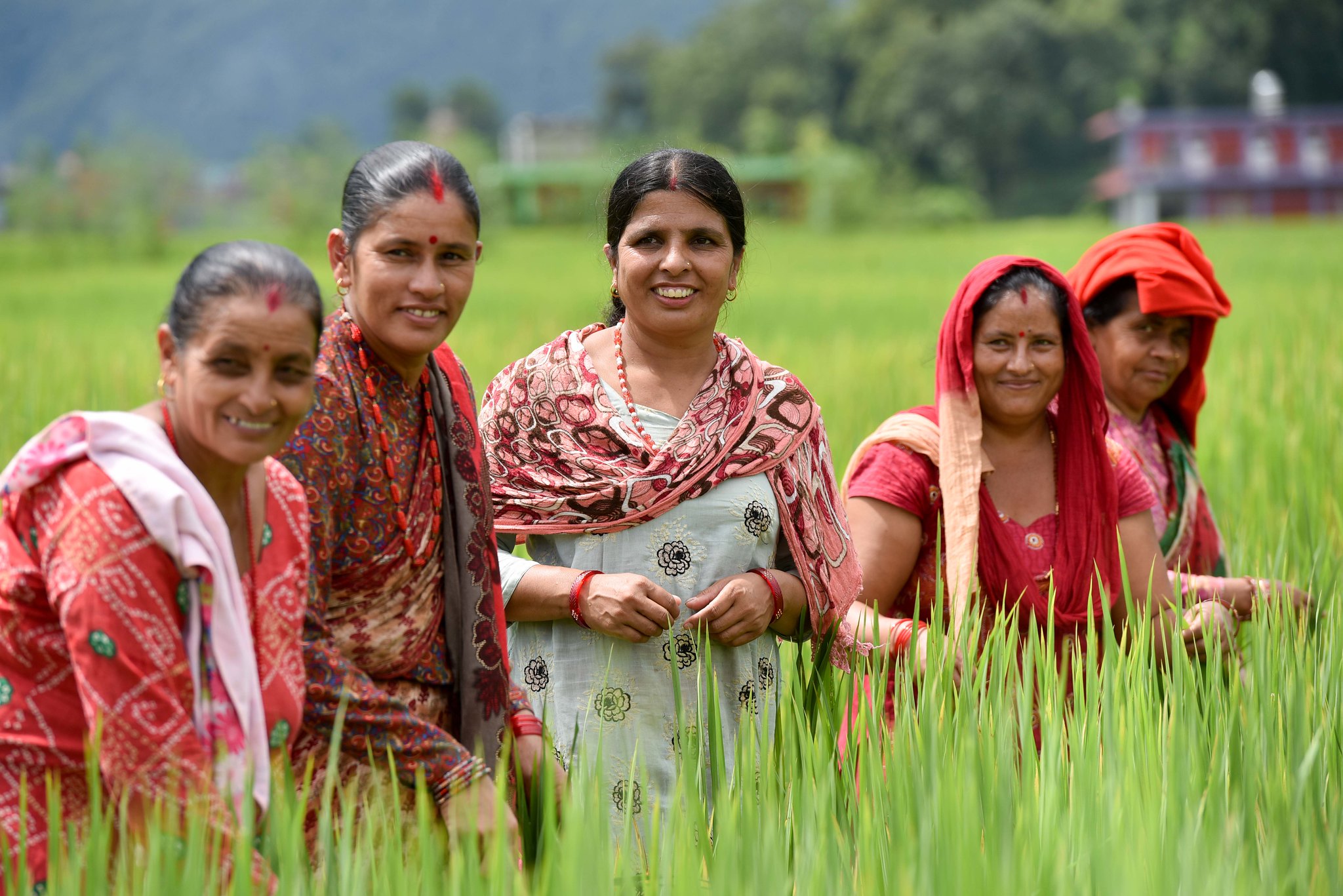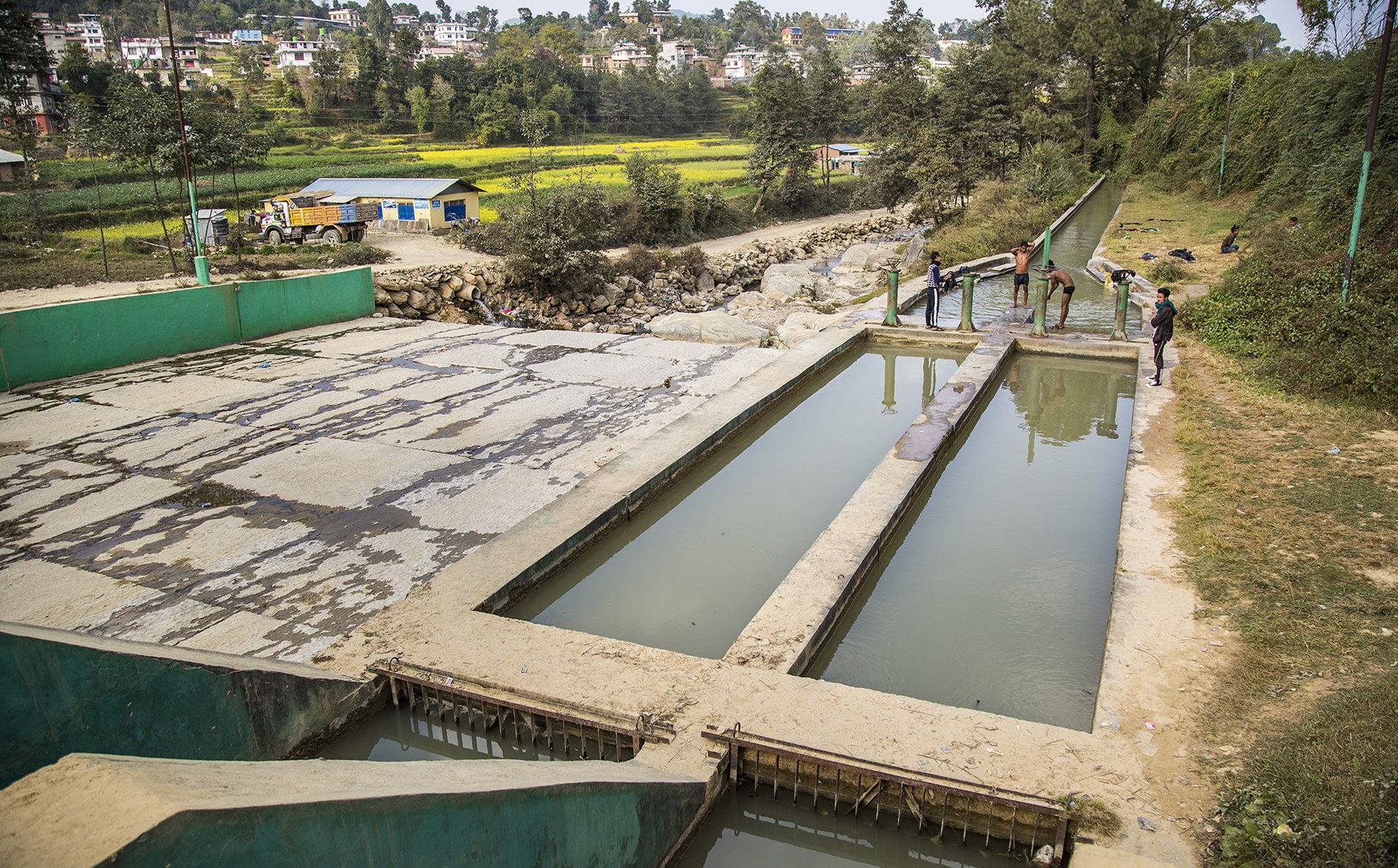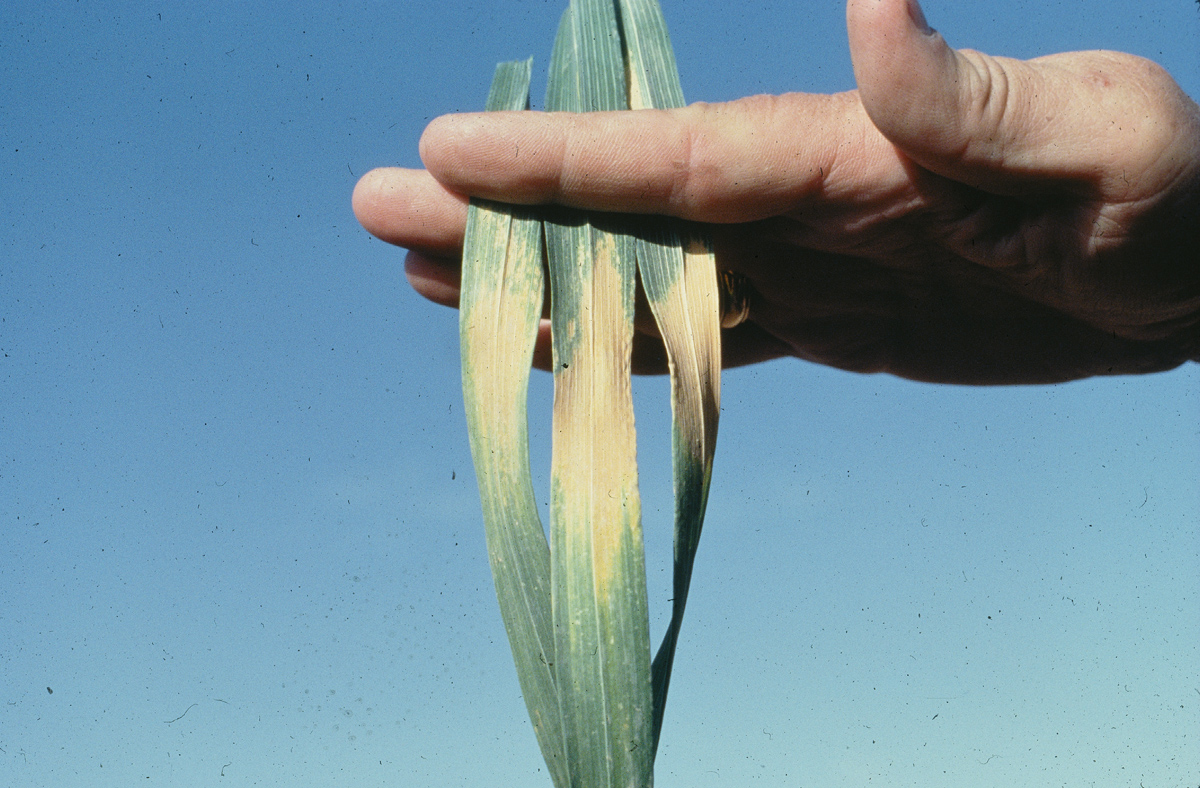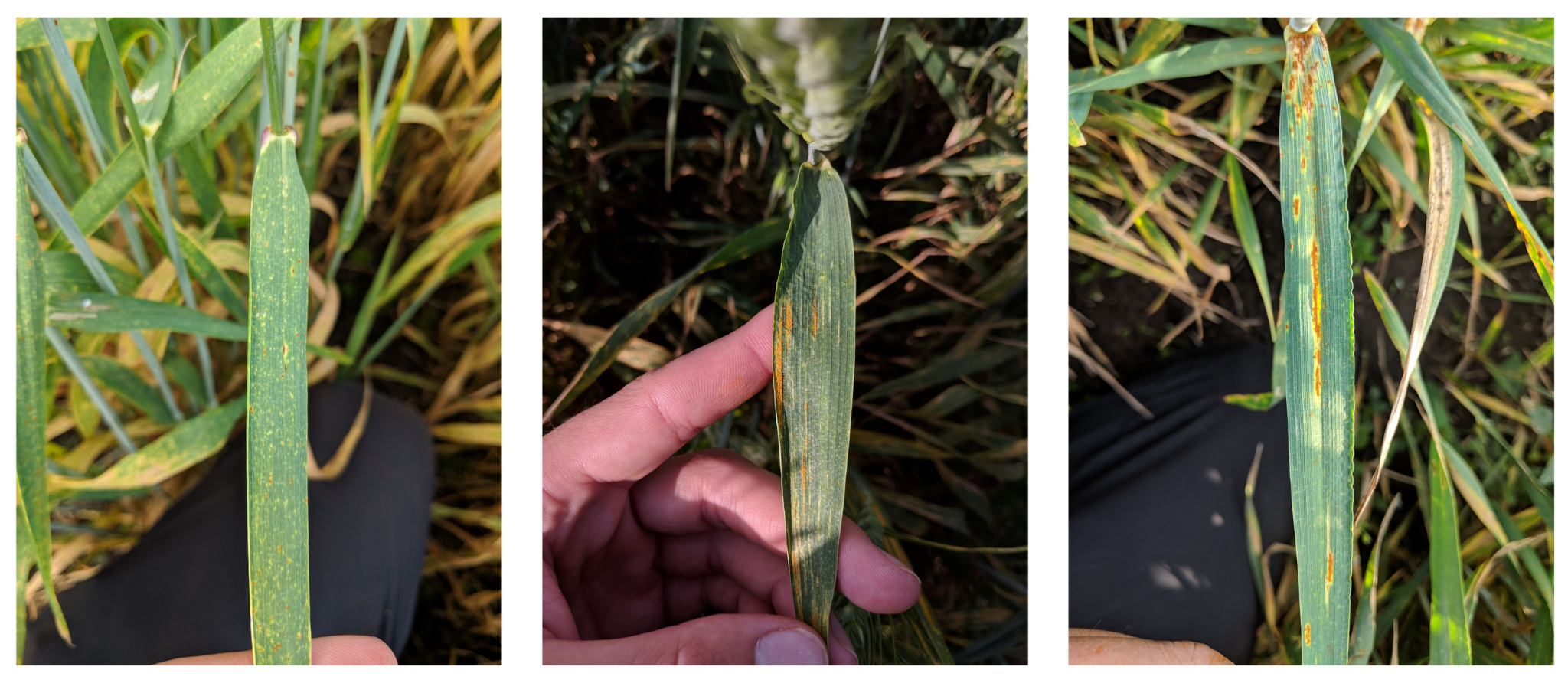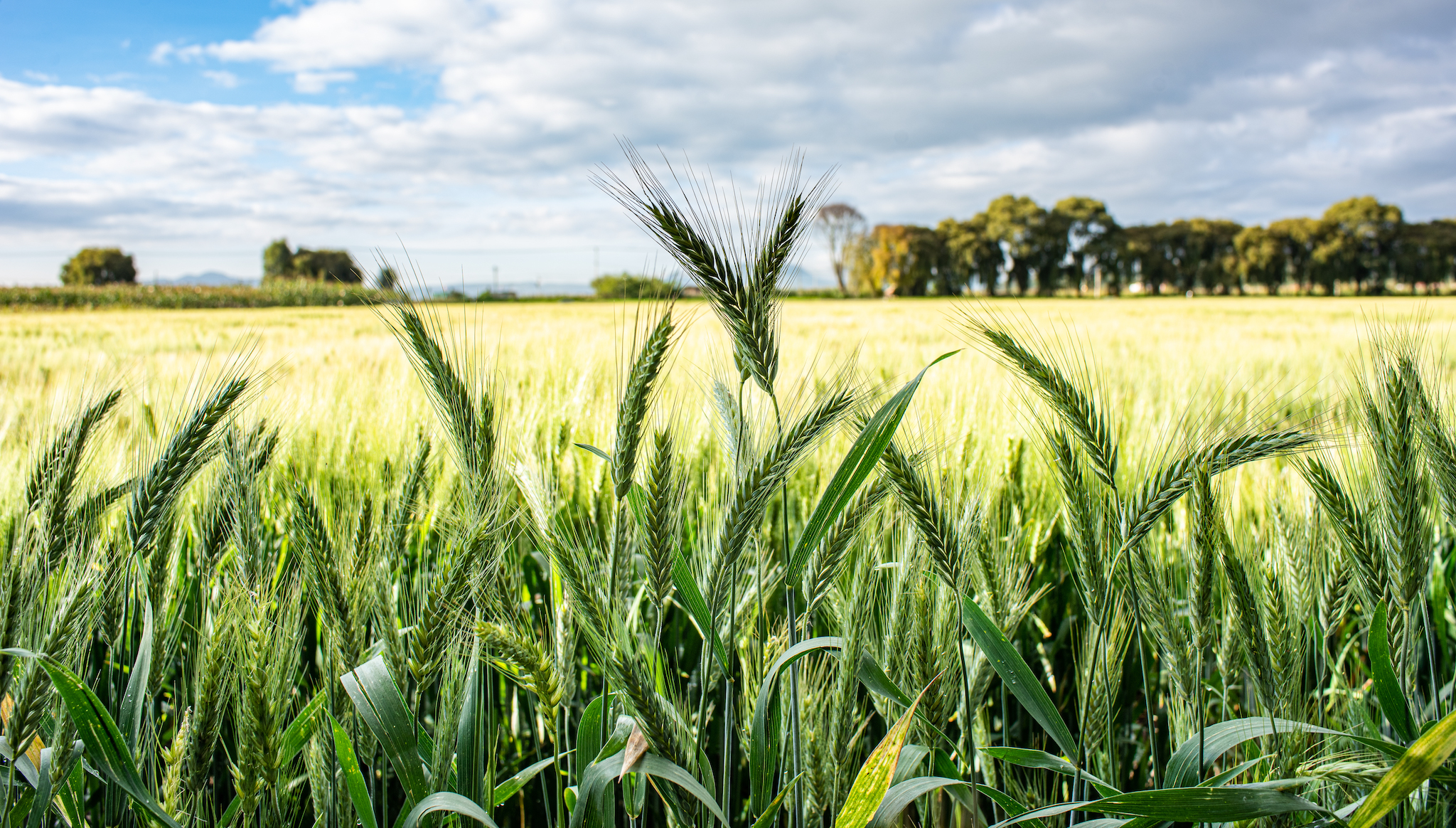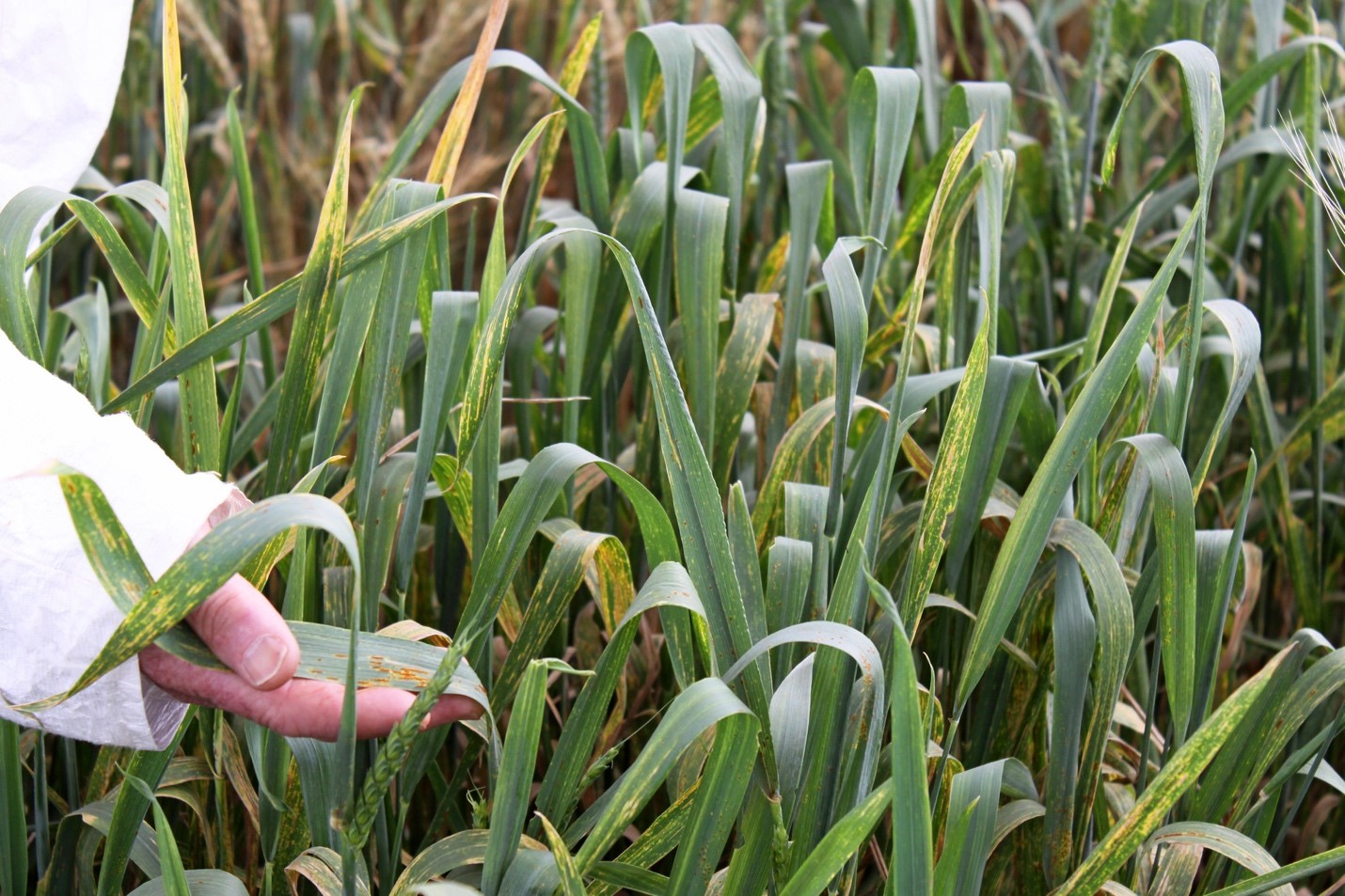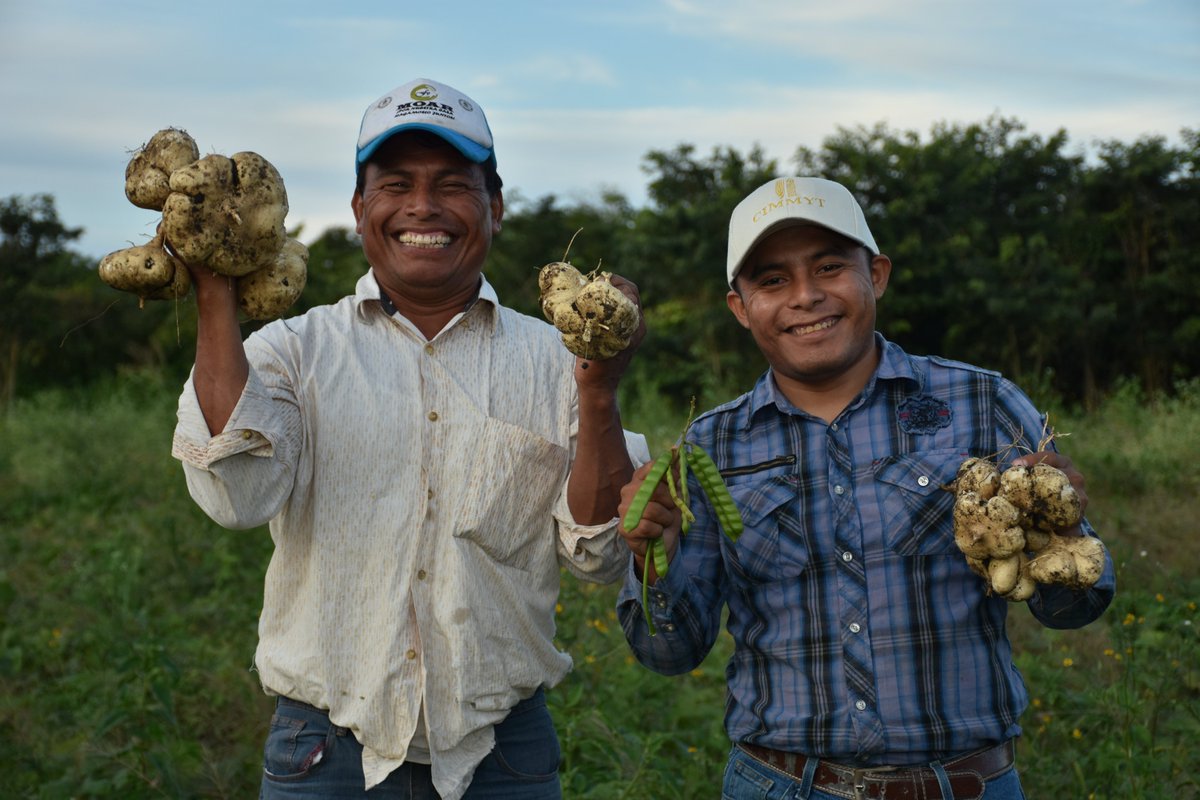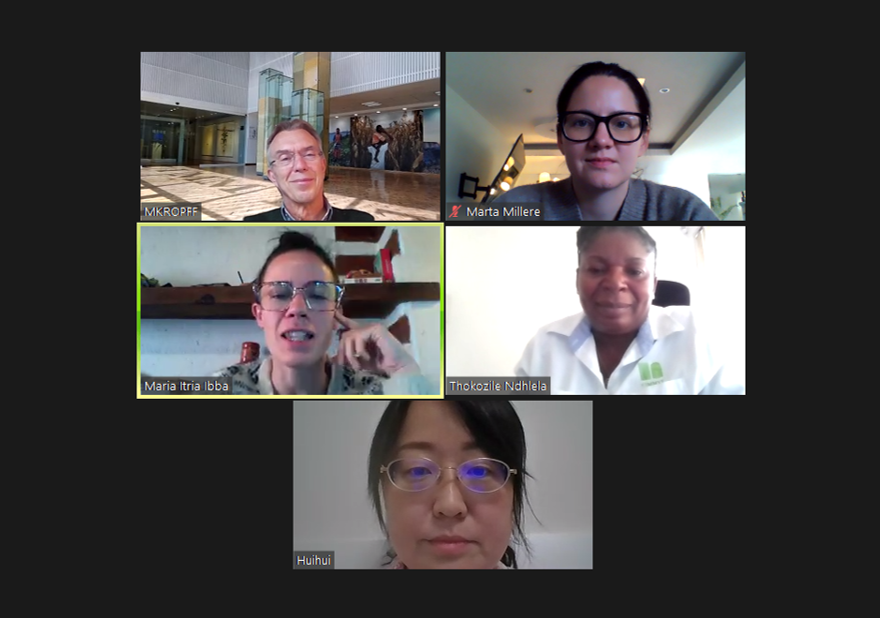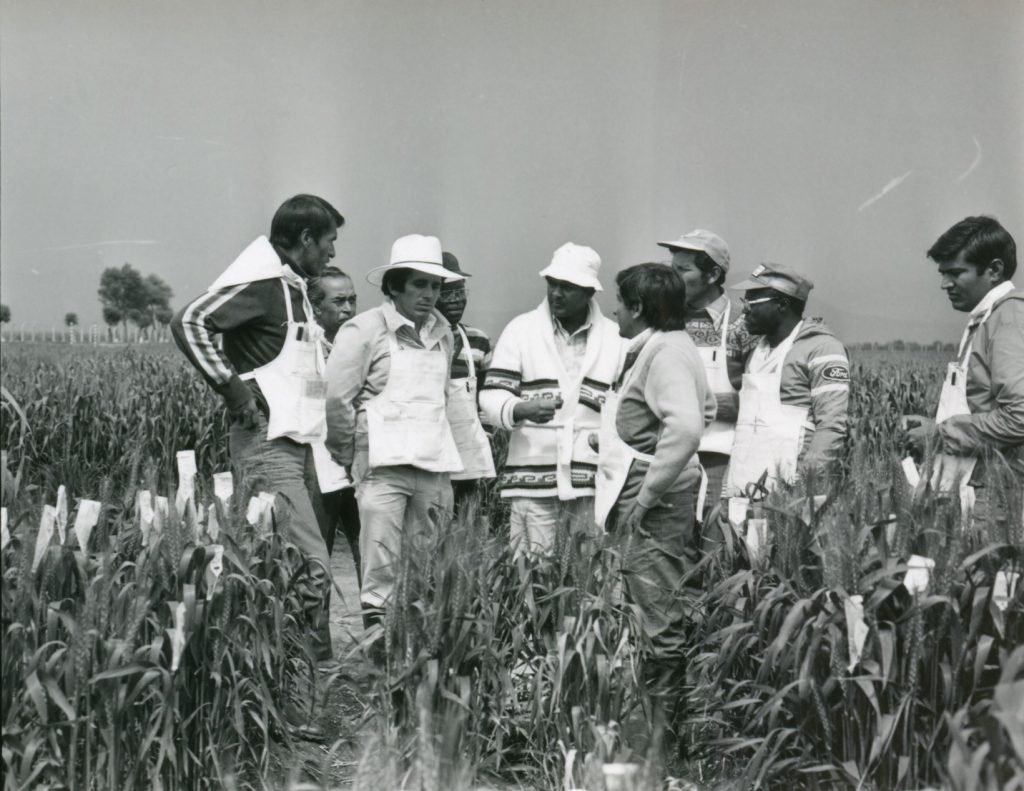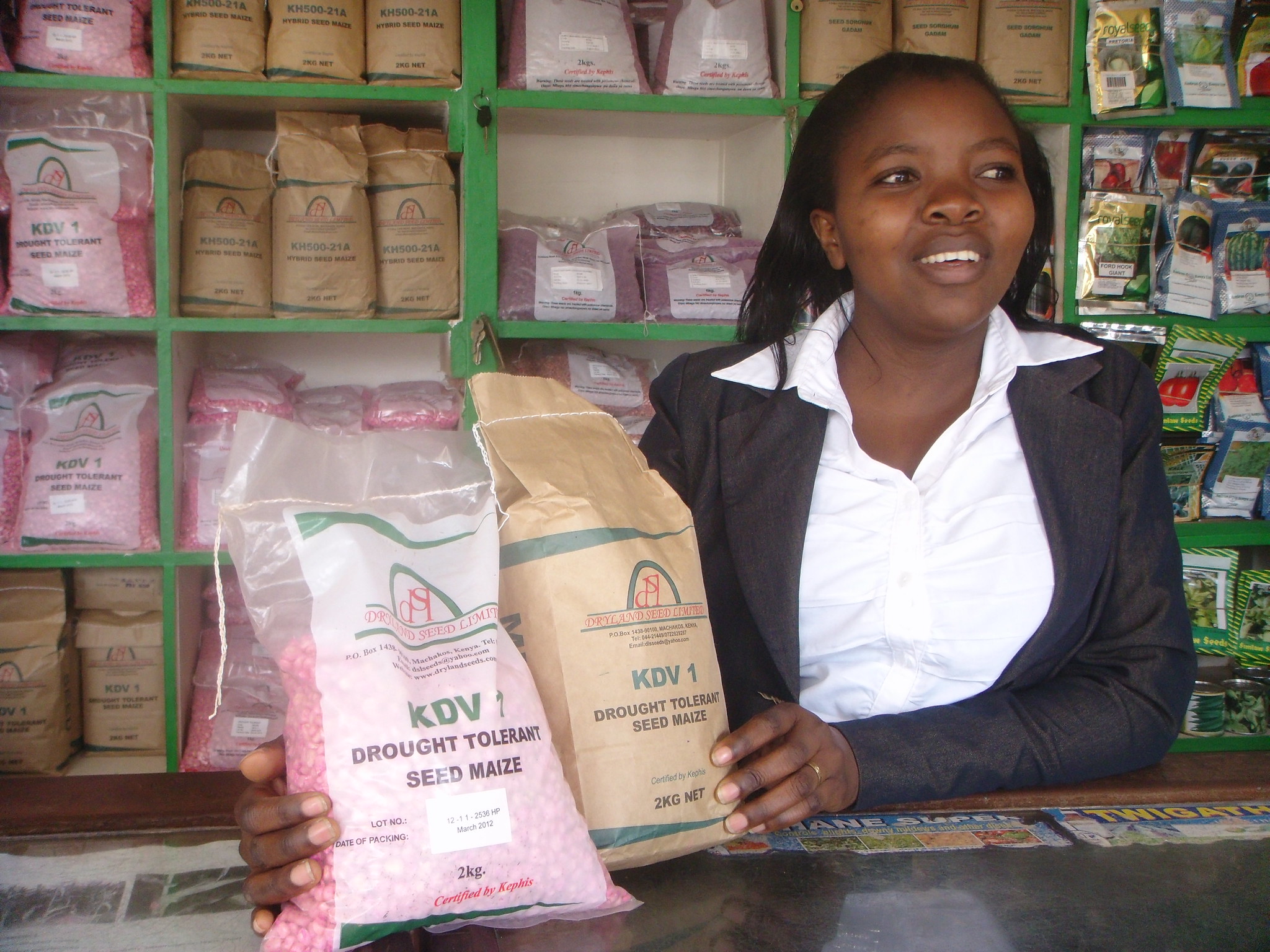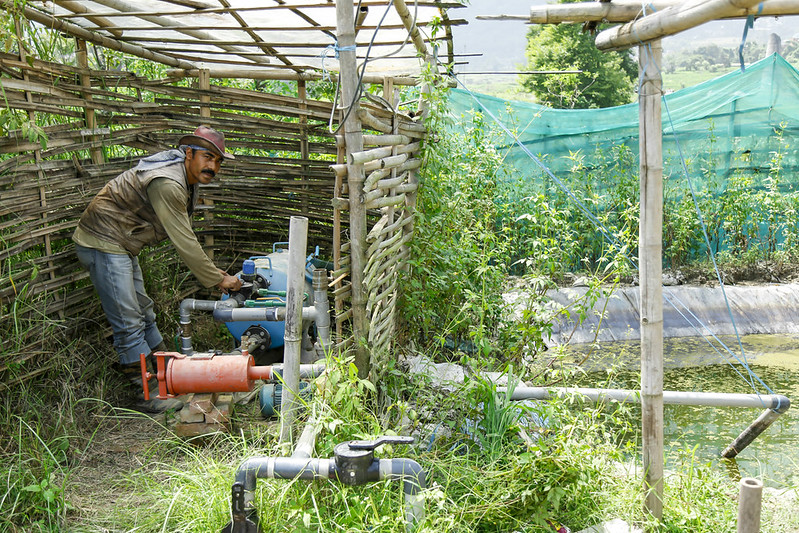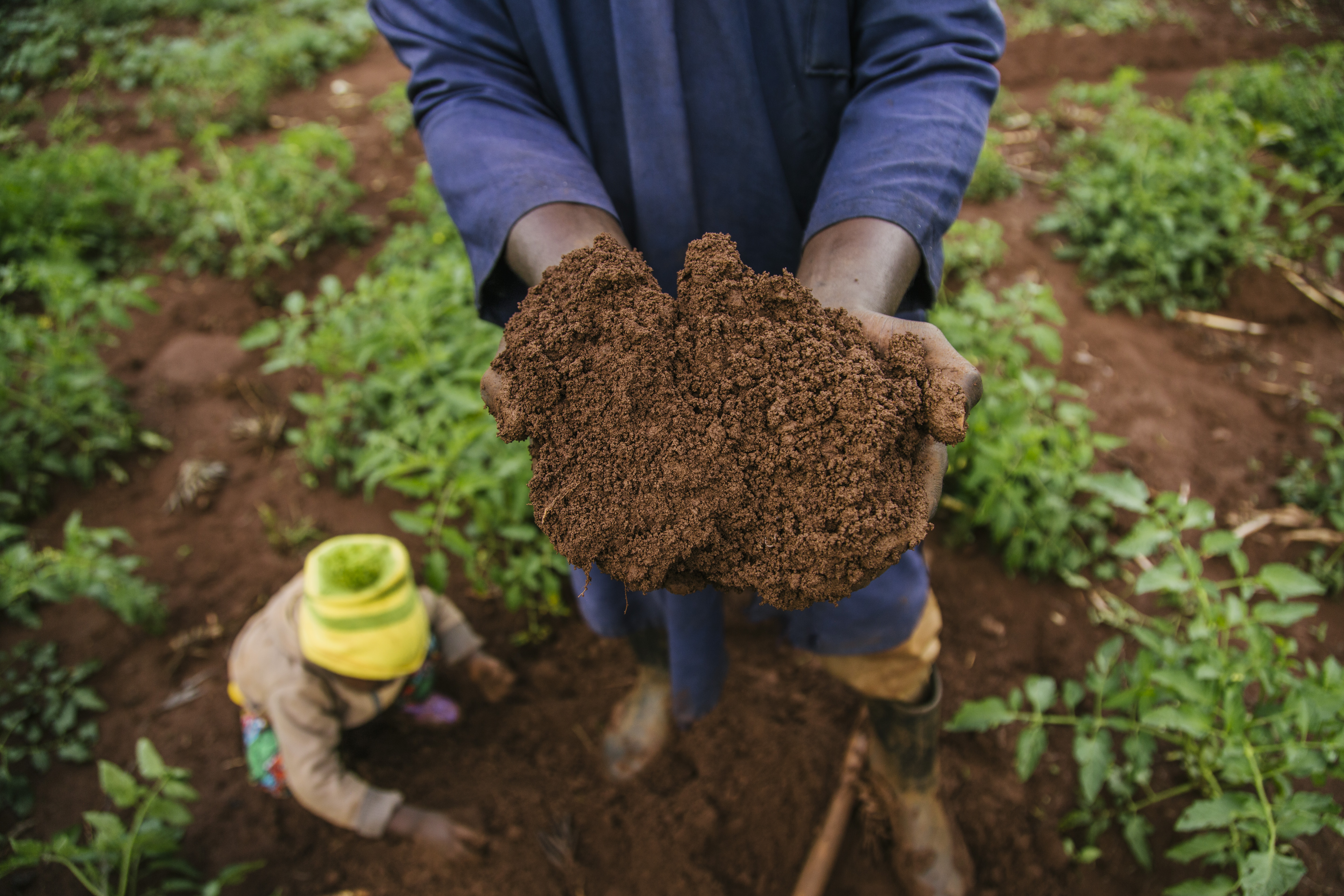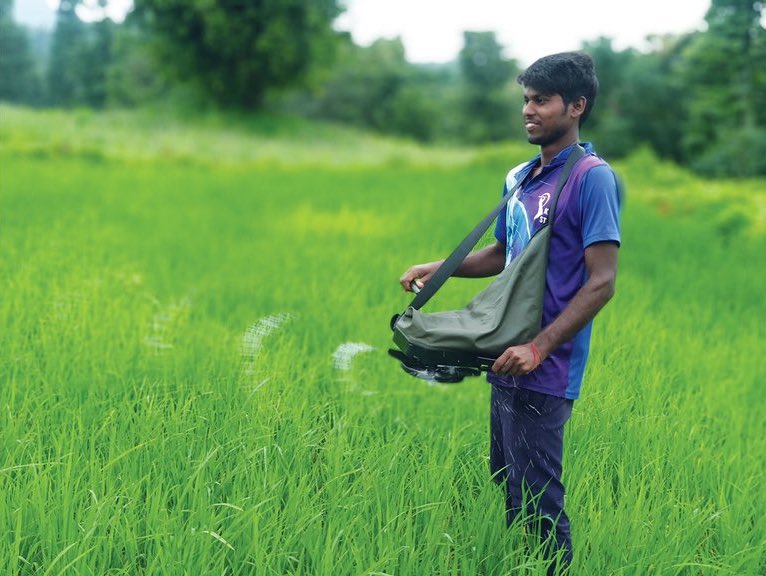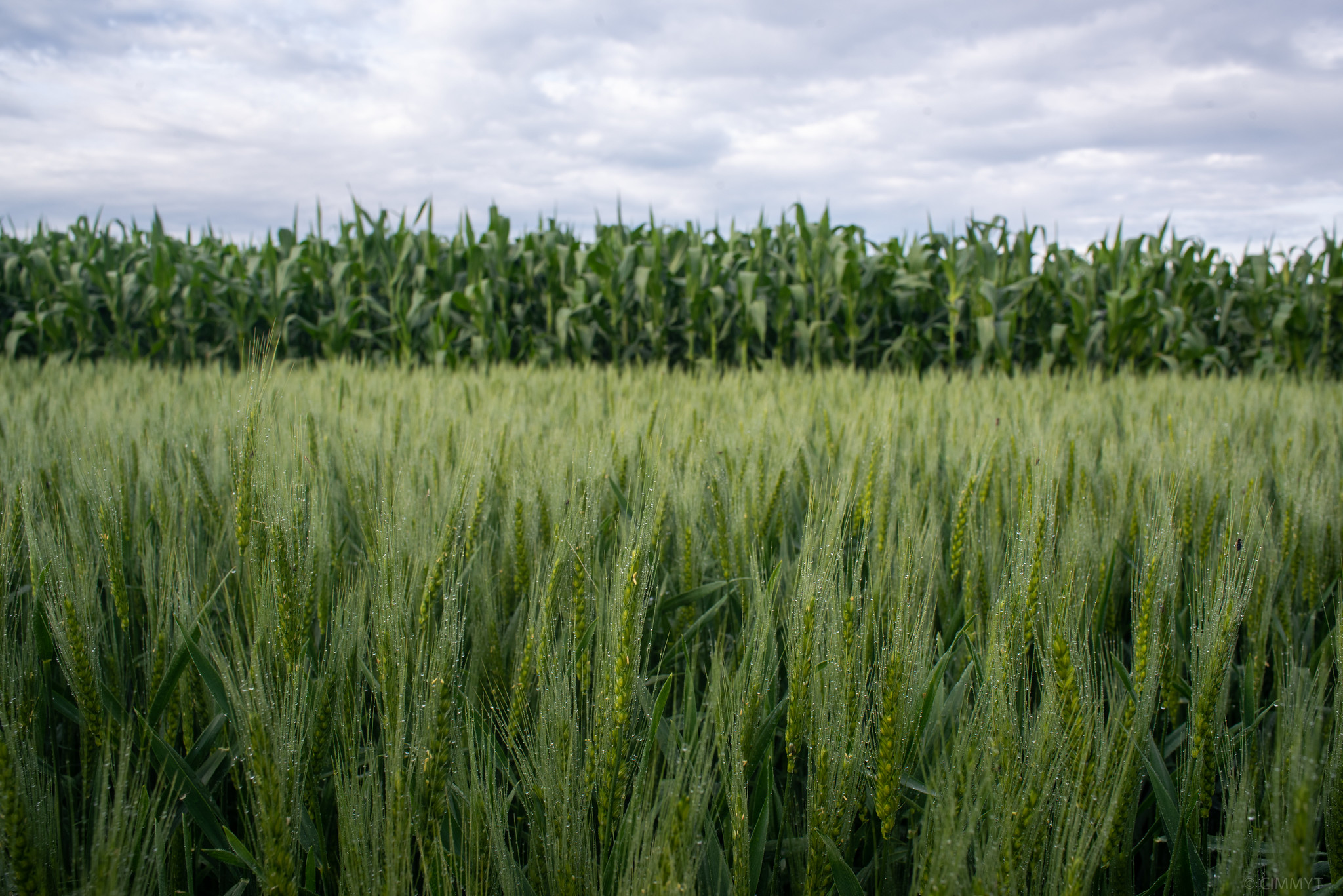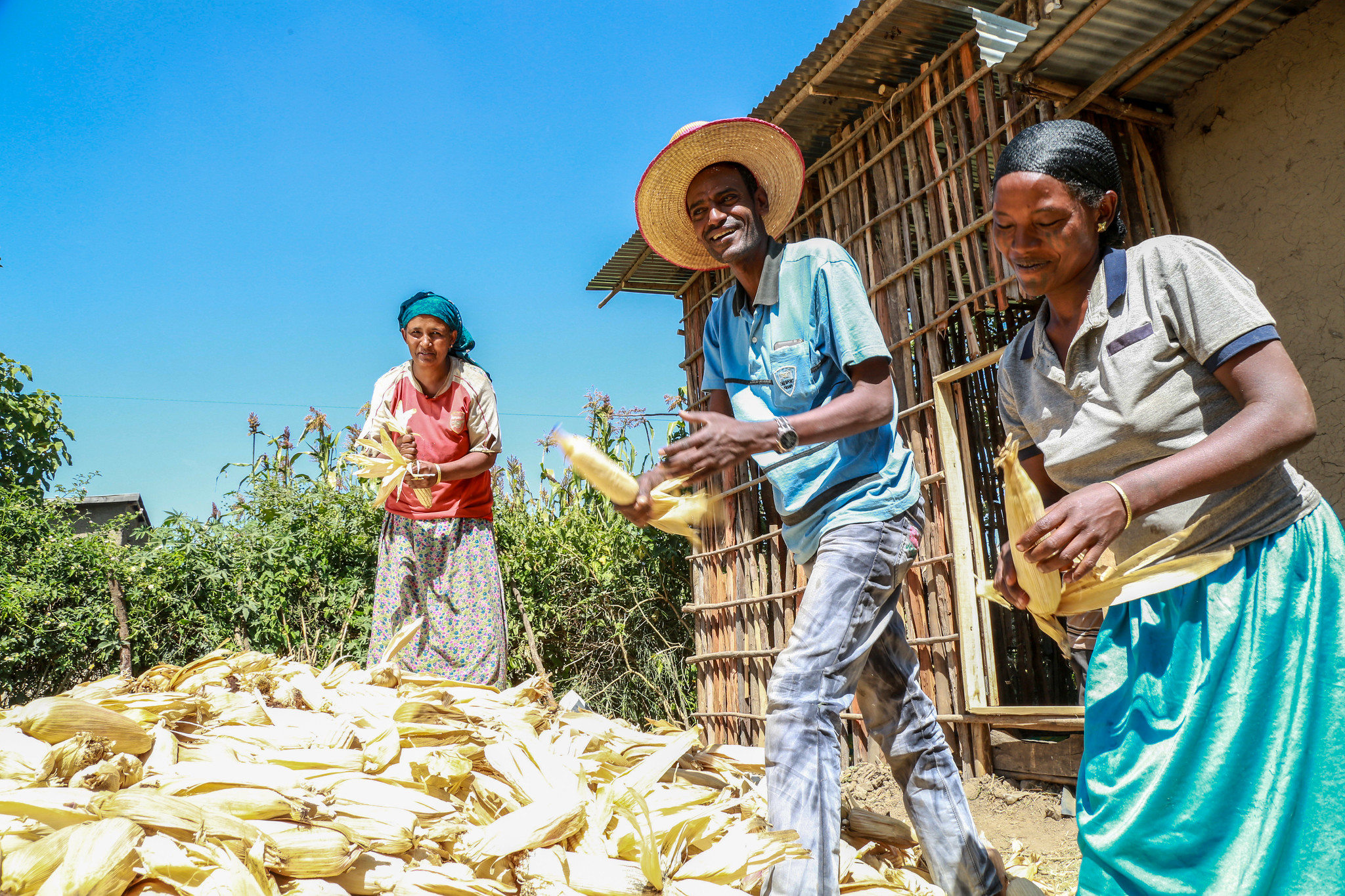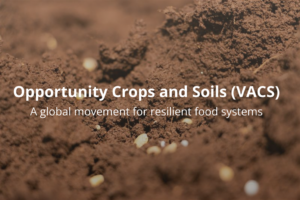Blogs
From diagnosis to action on social equity
 Gender equality, youth and social inclusion
Gender equality, youth and social inclusion
Building on impact of GENNOVATE, scientists recommend integrating gender-transformative research and methodologies into the new CGIAR Initiatives.
Building resilient and sustainable irrigation for food security in Nepal
 Climate adaptation and mitigation
Climate adaptation and mitigation
A new initiative will monitor groundwater and will provide a framework for sustainable irrigation practices.
Seed giants must collaborate or be dwarfed by threat of climate change
 Climate adaptation and mitigation
Climate adaptation and mitigation
New funding models, such as public-private partnerships, can collectively address knowledge gaps to avoid potential catastrophes for society at large.
Can you help shape the future of plant disease detection?
 Innovations
Innovations
Advances in Artificial Intelligence and Machine Learning result in a breakthrough for automated detection of wheat rusts.
Protecting plants will protect people and the planet
 Climate adaptation and mitigation
Climate adaptation and mitigation
Understanding the relationship between climate change and plant health is key to conserving biodiversity and boosting food production today and for future generations.
Adult plant resistance (APR): the strategy to beat persistent pathogens
 Environmental health and biodiversity
Environmental health and biodiversity
CIMMYT’s decision to focus on APR genes versus race-specific genes (R-genes) protects the livelihoods of millions of smallholder wheat farmers throughout Africa, Asia, and Latin America.
Improve rural women’s financial access to help solve hunger
 Gender equality, youth and social inclusion
Gender equality, youth and social inclusion
Gender equity is one of the best solutions for hunger. Why? The numbers speak for themselves.
From science to impact: a chat with women scientists at CIMMYT
 Gender equality, youth and social inclusion
Gender equality, youth and social inclusion
Martin Kropff sits down with scientists involved in maize breeding, wheat quality and crop data to discuss their successes and passion behind the work that they do to help CIMMYT and CGIAR reach the Sustainable Development Goals.
Far-reaching impacts
 Capacity development
Capacity development
Alumni of CIMMYT’s historic wheat training program reflect on a powerful learning experience.
Out with the old, in with the new
 Innovations
Innovations
CIMMYT’s tried and tested approaches in varietal turnover and decades of experience in strengthening maize and wheat seed systems have a lot to contribute to CGIAR’s plan of building robust food systems by 2030.
Digital groundwater monitoring
 Innovations
Innovations
New pilot in Nepal kicks off with a multi-stakeholder dialogue.
Crop breeding and soil management must go hand in hand
 Environmental health and biodiversity
Environmental health and biodiversity
This World Soil Day, explore how breeding success is inextricably linked to how we address soil degradation.
Too much or never enough
 Climate adaptation and mitigation
Climate adaptation and mitigation
Don’t underestimate the crucial role nitrogen plays in cereal-based agroecosystems and achieving the Sustainable Development Goals.
Scientific opportunities and challenges
 Capacity development
Capacity development
First meetings of the AGG Science and Technical Steering Committees generate insights and recommendations for optimizing breeding schemes.
Faster results at a lower cost
 Innovations
Innovations
Innovative tools and technologies help CIMMYT maize breeders in Africa accelerate the delivery of high-quality seed.
